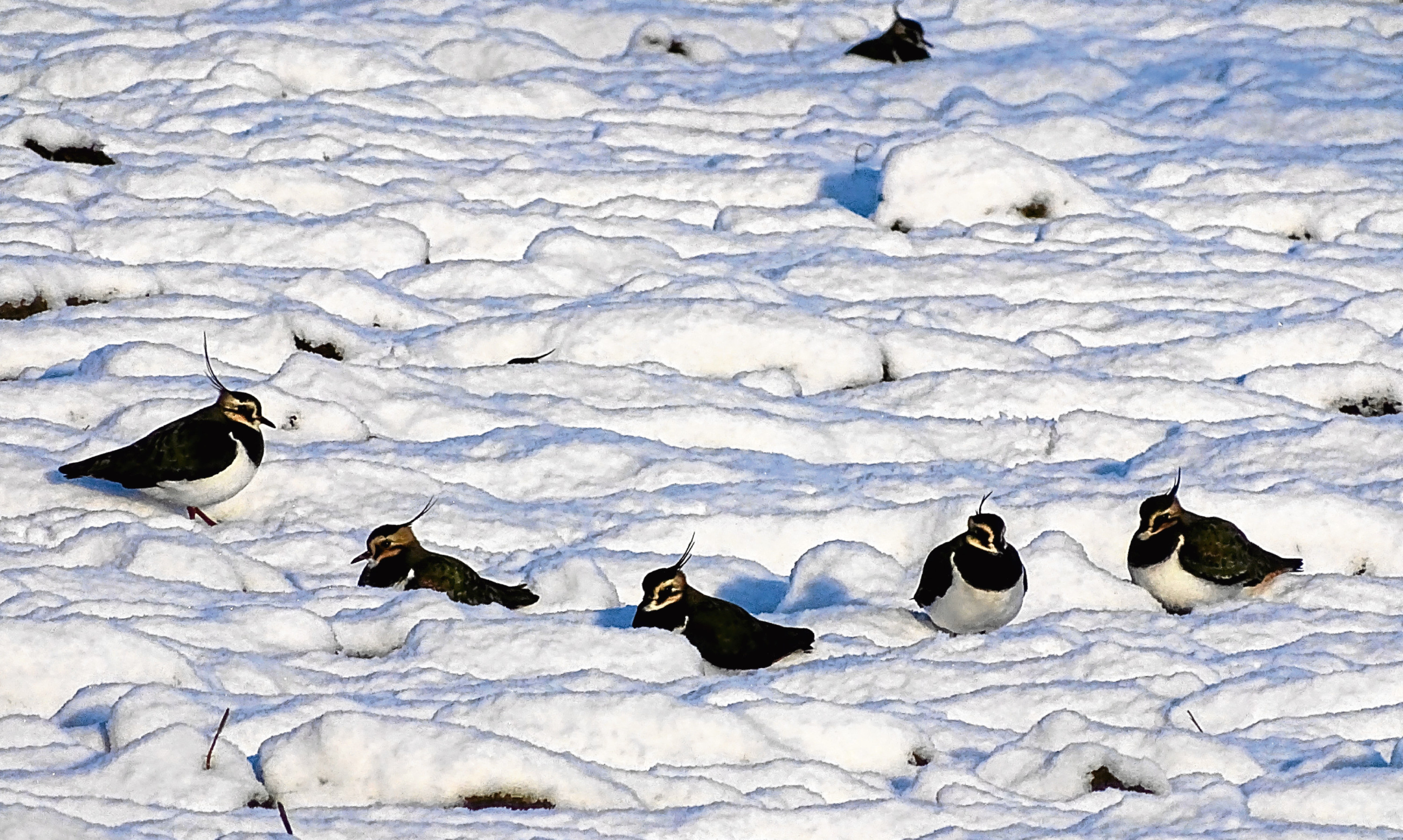I love snow. I love the way it changes everything in the night and you wake up to a world pregnant with possibilities that were simply not there the day before.
Also, it makes my job easier.
Wildlife is easier to see and it tells you what it’s been doing in your absence by writing about it in the snow. Nature is my favourite story teller and it tells its best stories when the snow is on the ground.
Besides, I’m trying to write a book about winter and before Thursday of last week, it had begun to look as if winter wasn’t going to turn up this year.
My book, the second of a quartet following last year’s The Nature of Autumn, will be called (you will be astonished to hear) The Nature of Winter. And the nature of winter is changing.
I have more than enough winter adventures under my belt to fall back on but still, I was holding out hope for a little bit of new snow, a freshening of my personal winter database.
It turned into one of those days where hefty, planet-darkening snow showers were interspersed with brilliant sunlight. The radio intoned all kinds of dire consequences of messing with the national road network.
So I opted for Flanders Moss by means of the wee roads that connect the farms together and can often offer memorable birdwatching from a car. My car is small, light, has a good ground clearance and very good four-wheel-drive. This is why.
The Carse is a bird highway. Its stubble fields, patches of standing water in grass fields, small woods, the many loops of the Forth and the miracle of the Flanders Moss raised bog present diversity of habitat and food opportunities on a serious scale.
Birds were everywhere, frantically on the move, frantically feeding, frantically squabbling, frantically panicking at every flypast by the local sparrowhawks and peregrines and frantically dive-bombing a kestrel on a telegraph pole, with no end result whatsoever. It drifted west in its own time.
The busiest stubble field was populated by clouds of jackdaws, tree sparrows, starlings, fieldfares, redwings and a colossal mixed flock of chaffinches, bullfinches, goldfinches, linnets, siskins and corn buntings.
I was almost at the Moss when I caught up with the kestrel again, perched on another pole. I got out of the car to put the glasses on it.
Kestrels are vanishing from the face of the land like sea ice from the Arctic and it was good to have a relaxed stance and a perfect view of a beautifully lit bird for a few moments, before it drifted off again, holding up into the snow wind, a head-down huntress.
I was just about to get back into the car when I saw a some dark shapes protruding from the furrowed snow in a ploughed field and at first I thought it was just sods of earth where the snow had melted.
But something made me look twice and what snapped into focus in the glasses was a hunkered down flock of 25 lapwings.
They were so hunkered down that only their backs, heads and crests showed. I saw a sentry bird get to its feet and turn to look my way but otherwise, not one bird moved.
It occurred to me then that these were the only birds I had seen in all the wide miles of the Carse which were dead still. This puzzled me.
It was only 2.30 in the afternoon, the sun was out, there were two hours of usable daylight then a long, cold night ahead. Why were they not hay-making while the sun shone?
What might make sense is this. I would expect them to move this far inland (as far as you can get in this part of Scotland) from their winter coastal haunts in about a month’s time. This is ridiculously early.
So were they lured by what was a ridiculously warm December, with temperatures regularly in double figures?
In other words, is this another symptom of global warming, albeit a small one? Had these birds been deceived into migrating a month early only to find that when they arrived, winter had finally shown up?
They were certainly responding to its arrival differently from every other bird I saw that day. They had found the ploughed field, the furrows fattened by the snow and into this they had crouched and squirmed down into ground-level shelters.
Can this happen? Yes, it certainly can.
Was it happening right in front of my eyes? I don’t know. But an hour later when I looked in on them again, there they still were. They still had not moved and I reckon they were there for the night.
Anyway, I was pleased that winter had finally shown up, even if it scunnered the lapwings.
